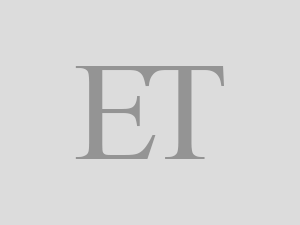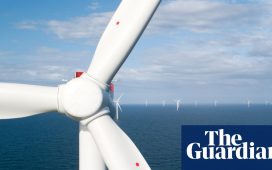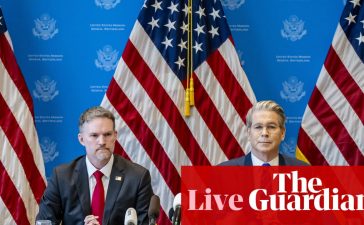
This rush has boosted retail leasing in the first half of 2024 reaching a 5-year high with 3.1 million sq ft leased across eight cities.
“Major international luxury brands are recognising the potential and are eager to establish their presence in the country. Cities like Mumbai, Delhi, and Bengaluru are becoming focal points for luxury retail, offering prime locations and a clientele with a keen interest in premium goods. The enthusiasm is palpable, with many brands forming strategic partnerships, investing in flagship stores, and tailoring their offerings to cater to Indian tastes and preferences,” said Uzma Irfan, director retail, Prestige Group.
India is rapidly emerging as a significant hub for luxury retail, attracting a growing number of prestigious global brands. This burgeoning interest is driven by India’s expanding affluent consumer base, rising disposable incomes, and an increasing appetite for high-end products. The luxury market in India is evolving, with consumers increasingly valuing quality, exclusivity, and sophisticated retail experiences.In January-June 2024 period, the share of leasing activity was led by domestic firms (73%), followed by EMEA (Europe, Middle East and Africa) retailers (13%), American retailers (10%), and APAC (4%).











